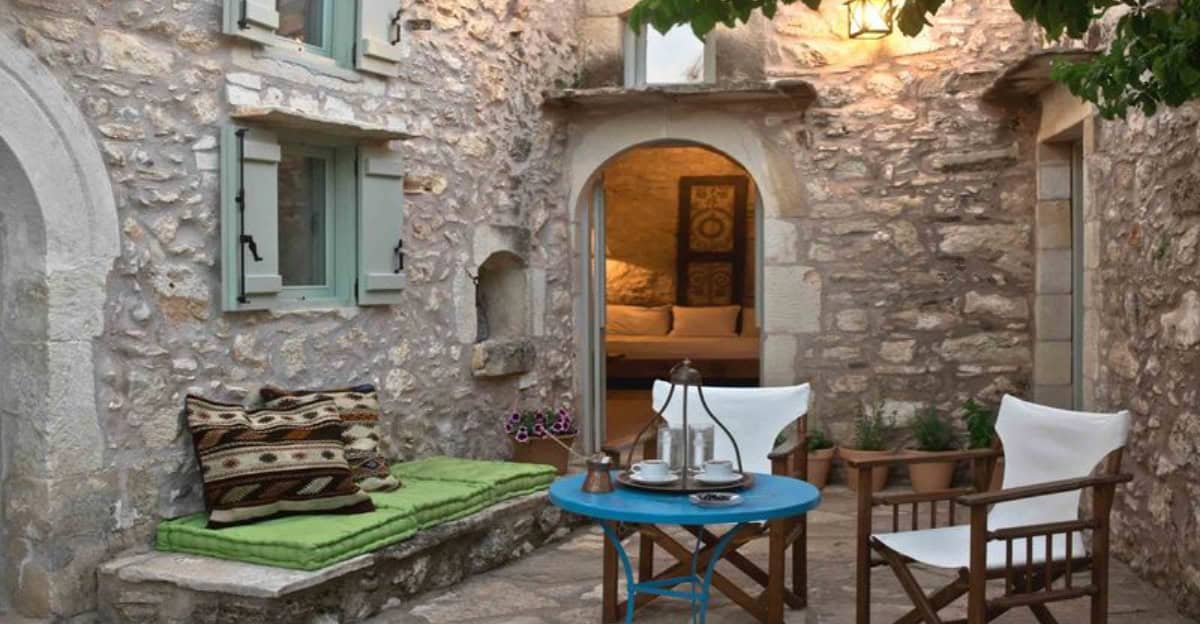For centuries, humans have been designing their homes with comfort, practicality, and beauty in mind. Despite the passage of time, some ancient design techniques have withstood the test of time.
These timeless practices continue to be relevant and effective in modern homes, blending the old with the new in seamless harmony.
This article explores 10 ancient home design tricks that are still in use today, proving that great design is truly timeless.
Join us as we delve into the past to uncover these enduring techniques that enhance the way we live.
1. Roman Atrium
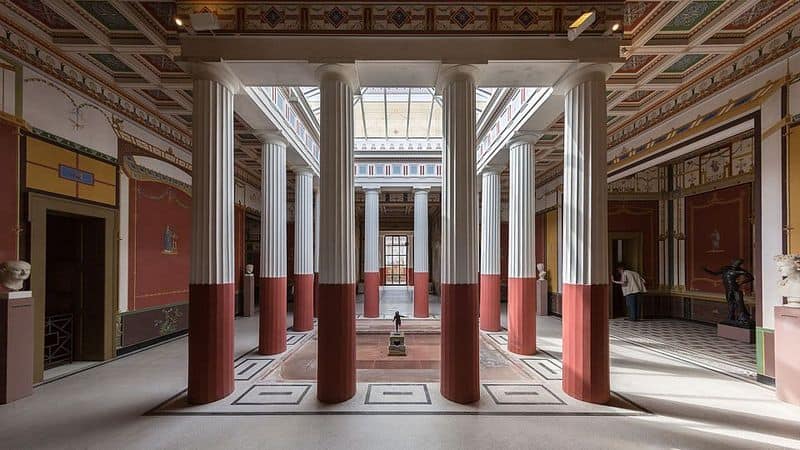
With its origins in ancient Rome, the atrium is a space designed to let natural light illuminate the heart of the home.
Picture stepping into a Roman villa, where the atrium serves as a central hub. Today, this concept is echoed in modern open floor plans.
The key to its charm lies in its ability to connect indoor and outdoor spaces. An open ceiling invites sunlight, while a central water feature, known as an impluvium, cools the space naturally.
Experience the timeless elegance and practicality of Roman interiors, which still inspire contemporary architects.
2. Japanese Shoji Screens
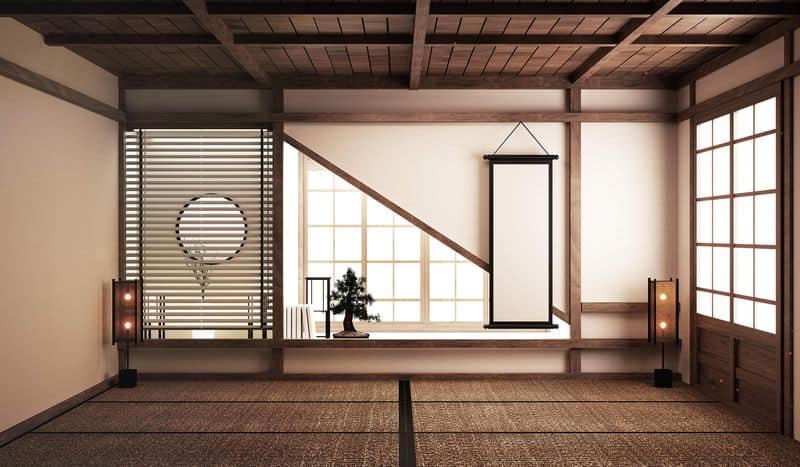
Shoji screens, delicate and graceful, offer an elegant solution to dividing space while maintaining a sense of openness.
Originating in Japan, these screens are crafted from wooden lattices and rice paper. Imagine the early morning light filtering through, creating a serene ambiance.
Shoji screens have transcended cultural boundaries, finding their place in homes worldwide. They provide privacy without heavy partitions, allowing light to flow gently.
In today’s minimalist interiors, their simplicity and functionality are celebrated, embodying a balance of aesthetics and practicality.
3. Greek Courtyard
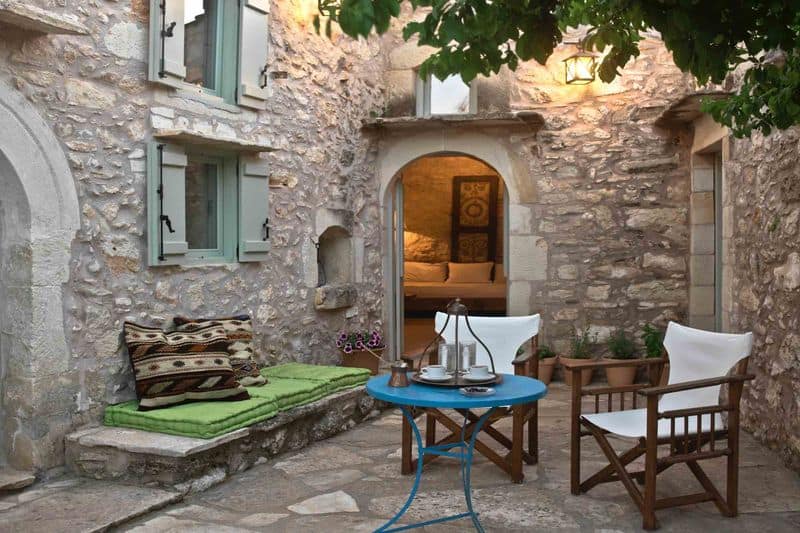
The Greek courtyard, a sanctuary of tranquility, has been an integral part of Mediterranean homes for millennia. Envision a sun-drenched space enclosed by whitewashed walls, alive with vibrant bougainvillea.
Courtyards serve as private retreats, offering fresh air and a connection to nature without leaving home. Their design facilitates natural ventilation and social gatherings.
This ancient concept remains relevant, with modern courtyards continuing to offer a peaceful escape from bustling life, enhanced by the timeless allure of the Mediterranean style.
4. Persian Rugs
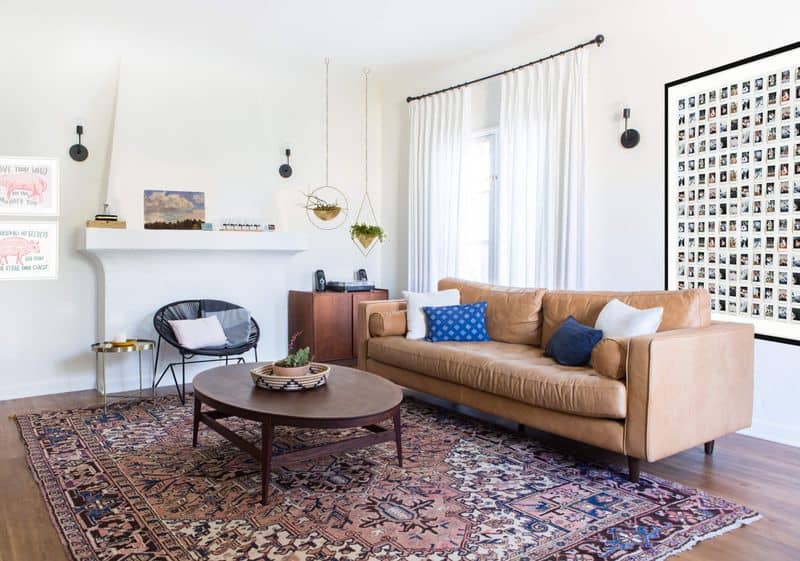
Persian rugs, renowned for their intricate designs and vibrant colors, have adorned homes for centuries.
Originating from ancient Persia, these rugs are more than mere floor coverings; they are works of art. Imagine the rich textures underfoot, adding warmth and comfort to any room.
In modern interiors, Persian rugs bring a sense of luxury and history. They complement a variety of styles, from traditional to contemporary, offering versatility and timeless beauty.
Each rug tells a story, weaving culture and craftsmanship into the fabric of your home.
5. Egyptian Papyrus Motifs
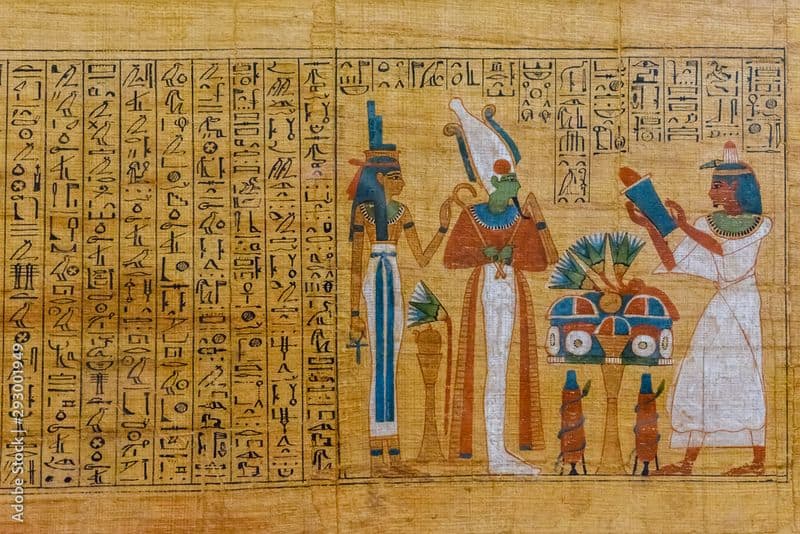
Egyptian papyrus motifs, steeped in history, have decorated walls and furnishings since the time of the pharaohs. Picture the ancient symbols and designs, rich with meaning, that adorned temples and tombs.
Today, these motifs are reimagined in modern decor, offering a unique and sophisticated aesthetic.
They bring a sense of mystery and antiquity, enhancing contemporary spaces with their earthy tones and hieroglyphics.
Incorporating these elements into your home invites a connection to an ancient culture, adding depth and intrigue to your design.
6. Moroccan Mosaic Tiles
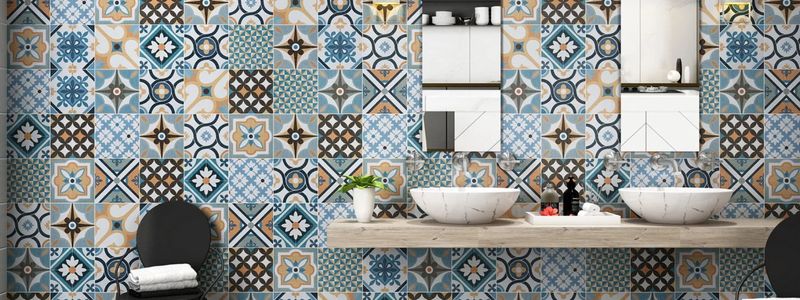
Moroccan mosaic tiles, with their intricate geometric patterns and vibrant colors, are a testament to the artistry of North African craftsmen.
Picture a lavish bathroom, where these tiles add a touch of luxury and exotic flair.
These tiles have a timeless appeal, capable of transforming spaces into works of art. Whether used as a striking backsplash or flooring, their versatility is unmatched.
In modern design, Moroccan tiles continue to captivate with their blend of intricate craftsmanship and bold aesthetics, offering a visually stunning experience.
7. Chinese Feng Shui Principles
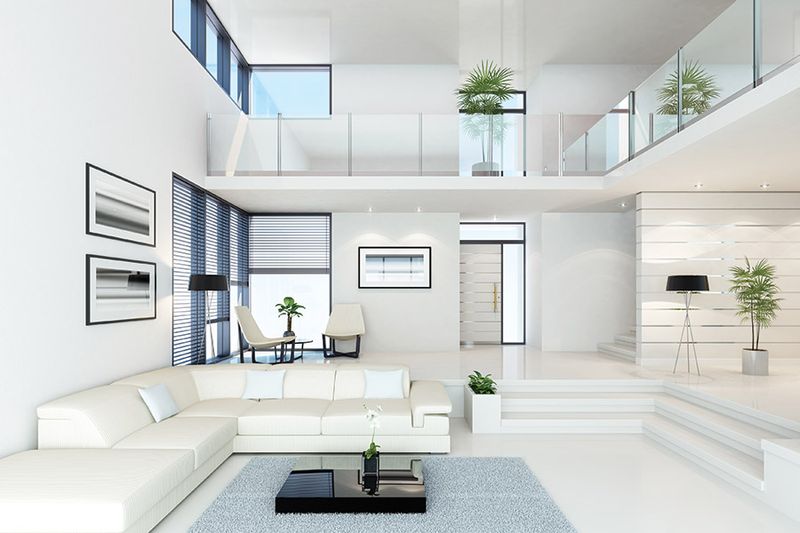
Feng Shui, an ancient Chinese practice, is all about creating harmony and balance in living spaces. Imagine a room where energy flows effortlessly, and natural light bathes every corner.
By arranging furniture and decor according to Feng Shui principles, you can enhance the flow of positive energy.
This practice, deeply rooted in Chinese culture, is embraced globally for its benefits in well-being and prosperity.
Whether you believe in its mystical aspects or not, Feng Shui offers valuable insights into intentional and mindful design.
8. Aztec Patterns in Textiles
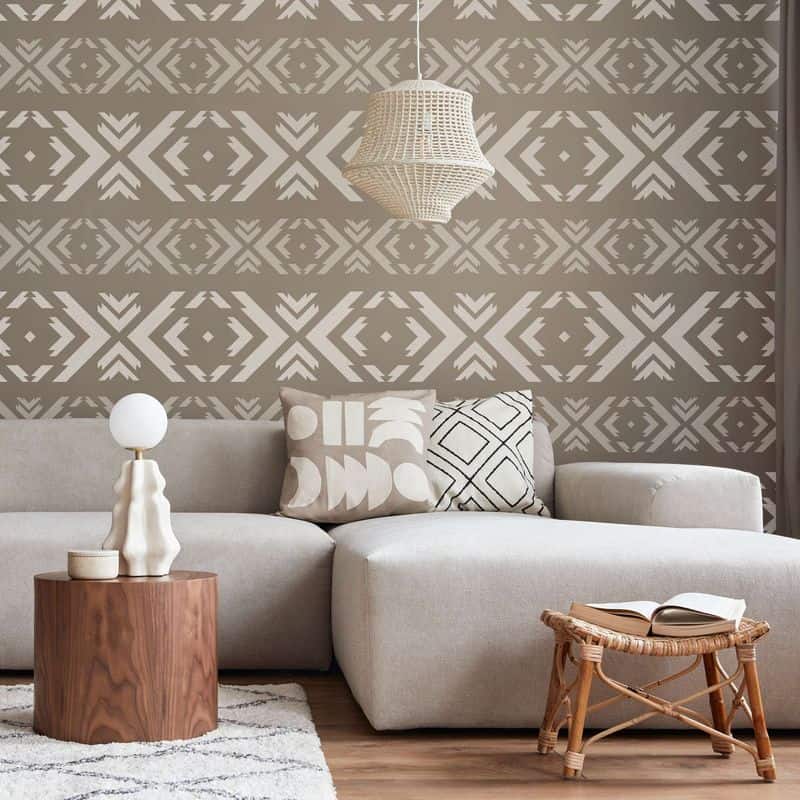
Aztec patterns, rich in symbolism and history, have been woven into textiles for centuries. Imagine the bold designs that tell stories of an ancient civilization, adding cultural depth to modern interiors.
These patterns, with their earthy colors and intricate details, bring a sense of adventure and history into the home.
They complement various design styles, offering a unique touch that bridges the past with the present. Incorporating Aztec textiles can elevate a space, infusing it with the spirit of an ancient culture.
9. Indian Jali Screens
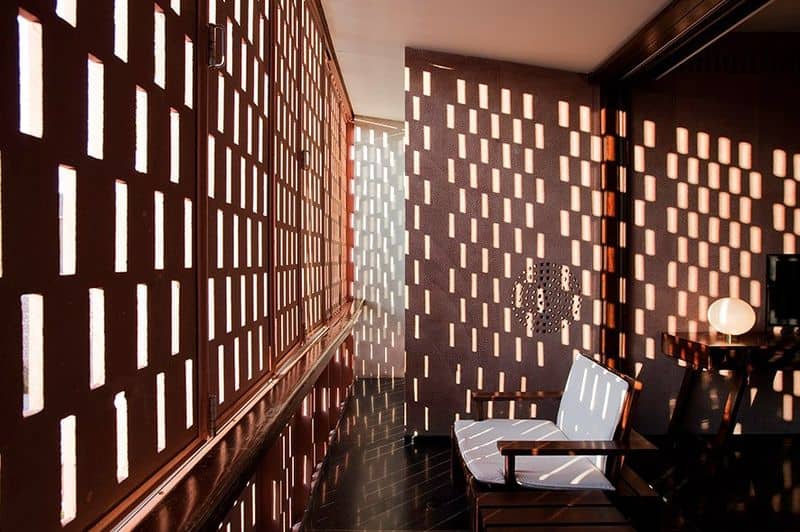
Jali screens, with their intricate latticework, are an architectural marvel from India. Picture a sunlit room where these screens cast delicate shadows, blending tradition with elegance.
Originally used to cool interiors and provide privacy, jali screens are celebrated today for their aesthetic appeal. They bring an air of sophistication, seamlessly integrating into contemporary settings.
Their unique design not only enhances privacy but also adds a layer of artistry to your home, reflecting the rich heritage of Indian craftsmanship.
10. Scandinavian Hygge Concepts
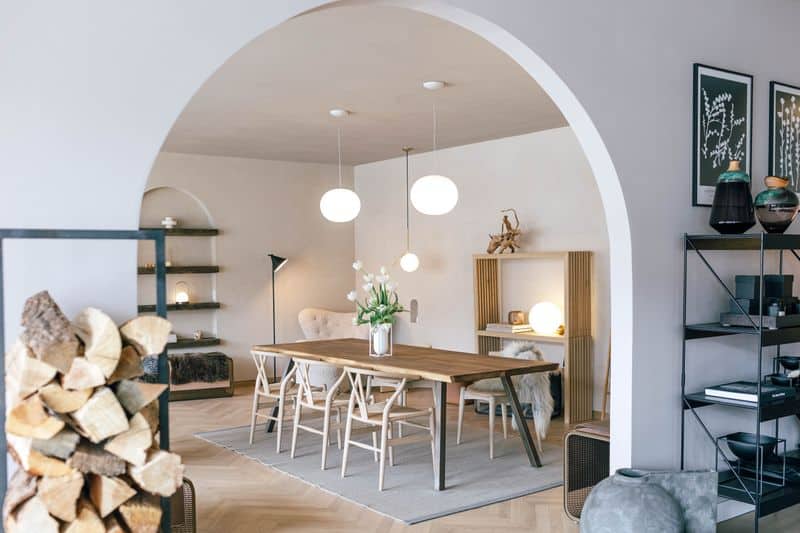
Hygge, a Danish concept, is all about creating a cozy and inviting home environment. Imagine a Scandinavian living room filled with soft lighting, plush throws, and a sense of warmth.
This ancient idea focuses on comfort and contentment, encouraging you to embrace the simple pleasures of life.
In today’s fast-paced world, Hygge remains relevant, reminding us to slow down and enjoy our surroundings.
It’s an approach to design that transcends time, offering timeless inspiration for modern living spaces.

